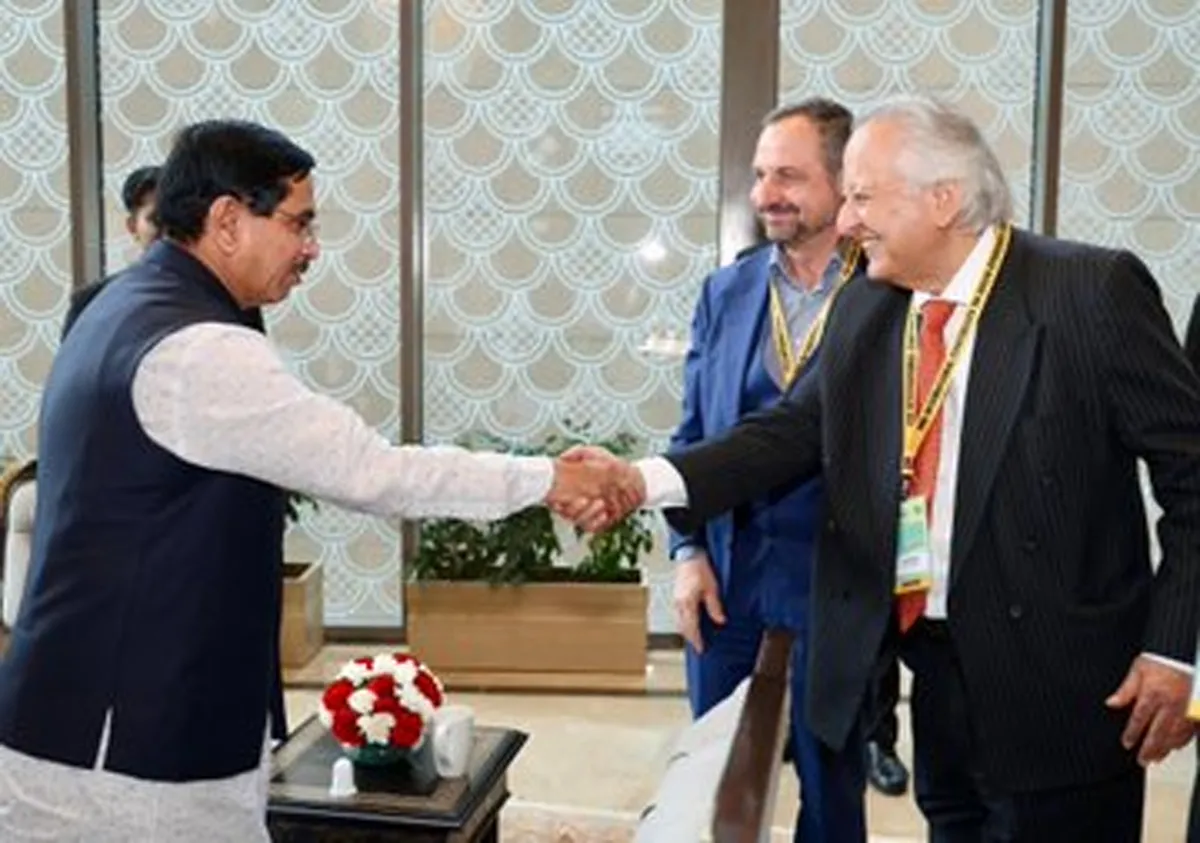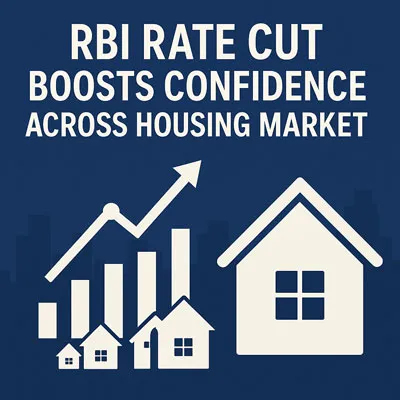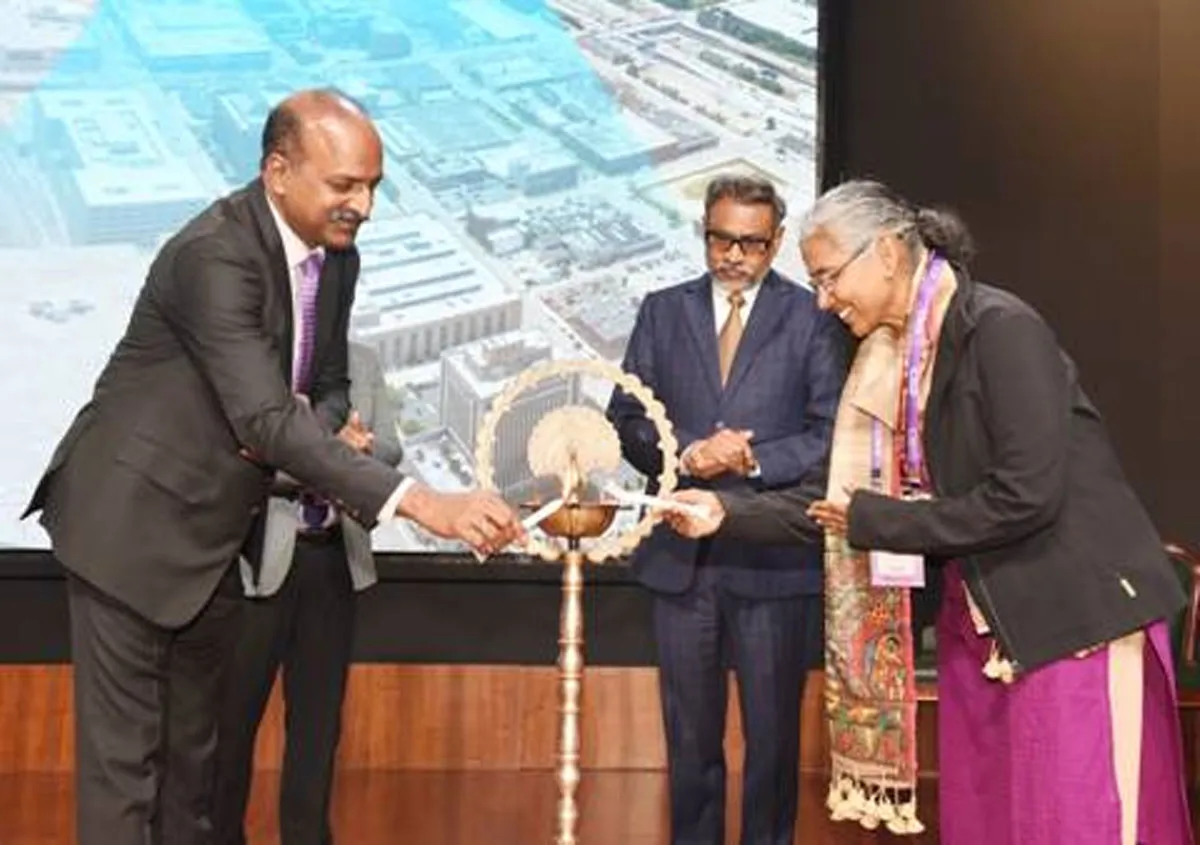Union Minister for New and Renewable Energy, Shri Pralhad Joshi, announced that the National Green Hydrogen Mission (NGHM) is driving India’s clean energy transformation by creating jobs, attracting investments, and positioning the country as a global hub for green hydrogen. He was speaking at the inaugural session of the 3rd International Conference on Green Hydrogen (ICGH 2025) at Bharat Mandapam, New Delhi, where he reaffirmed India’s leadership in clean energy transition.
On the occasion, the Minister launched the official NGHM logo—selected from over 2,500 entries nationwide—and announced a Rs 1 billion (Rs 100 crore) call for pilot projects to develop technologies that produce green hydrogen from biomass and waste. He said the new logo symbolises citizens’ participation and collective creativity in India’s green journey.
National Green Hydrogen Mission: Global Leadership in the Making
Launched in 2023 with an outlay of Rs 197.44 billion (Rs 19,744 crore), the National Green Hydrogen Mission aims to decarbonise hard-to-abate sectors and ensure long-term energy independence. Under the Strategic Interventions for Green Hydrogen Transition (SIGHT) programme, incentives have already been approved for 3,000 MW per annum of domestic electrolyser manufacturing and 862,000 tonnes per annum of green hydrogen production. India now records the world’s lowest green ammonia price at Rs 49.75 per kg for 724,000 tonnes per annum.
Additionally, Rs 1.32 billion (Rs 132 crore) has been invested in five pilot projects for green steel, Rs 2.08 billion (Rs 208 crore) sanctioned for 37 hydrogen-fuelled vehicles and nine refuelling stations, and Rs 350 million (Rs 35 crore) allocated for India’s first hydrogen bunkering and refuelling facility at V.O. Chidambaranar Port.
Rs 1 Billion Call for Biomass-Based Hydrogen Pilots
The Minister announced a Rs 1 billion (Rs 100 crore) initiative inviting proposals for pilot projects using biomass and waste materials to produce green hydrogen. The scheme, to be implemented through the Biotechnology Industry Research Assistance Council (BIRAC), will promote collaboration among industries, start-ups, and research institutions to build innovative, cost-effective hydrogen technologies.
Strengthening Skills, Standards, and Global Competitiveness
India aims to power its entire green hydrogen production using renewable energy. The Minister highlighted that 43 hydrogen-related skill qualifications have been approved, and 6,300 trainees have been certified. Frameworks such as the Green Hydrogen Standard (2023) and Certification Scheme (2025), along with 128 technical standards, are already in place.
Shri Joshi said that with carbon-border adjustment policies becoming common globally, green hydrogen is now an economic imperative, not an option. India is thus ensuring that its clean growth remains both competitive and climate-resilient.
India’s Path to Becoming a Global Exporter
Principal Scientific Adviser to the Government, Prof. Ajay K. Sood, noted that the Mission is advancing across four key pillars—policy, demand creation, research and development, and infrastructure. He said India enjoys a distinct low-cost advantage in hydrogen production, allowing it to become a major exporter to markets like the European Union, Japan, and South Korea.
Broader Renewable Energy Progress
MNRE Secretary Shri Santosh Kumar Sarangi highlighted that India’s non-fossil energy capacity now exceeds 250 GW, including 130 GW solar, 50 GW wind, and 17 GW bio-energy and small hydro. India remains on course to achieve 500 GW of renewable capacity by 2030, guided by the Prime Minister’s “One Earth, One Family, One Future” vision.
He added that the Mission is projected to mobilise over Rs 8 trillion (Rs 8 lakh crore) in investments, create 600,000 jobs, and save Rs 1 trillion (Rs 1 lakh crore) annually in fossil fuel imports. Key developments include hydrogen pilots in transport, steel and shipping, the Green Hydrogen Certification Scheme, and Hydrogen Valley Innovation Clusters in Jodhpur, Pune, Bhubaneswar, and Kerala to promote research and manufacturing ecosystems.
The conference also saw participation from global hydrogen leaders including Jorgo Chatzimarkakis, CEO of Hydrogen Europe, and Shri Akash Tripathi, Managing Director of SECI.





















